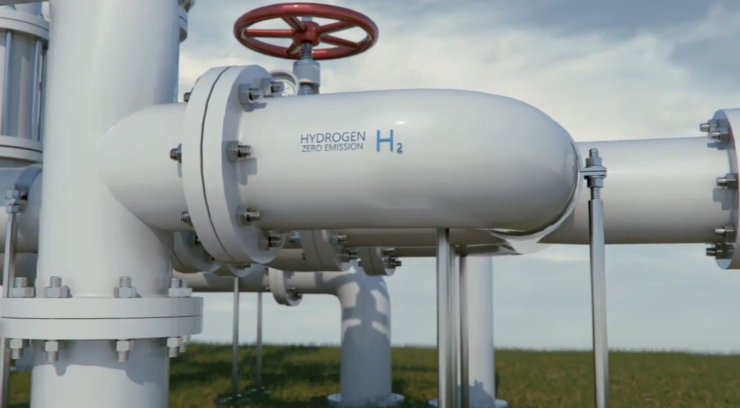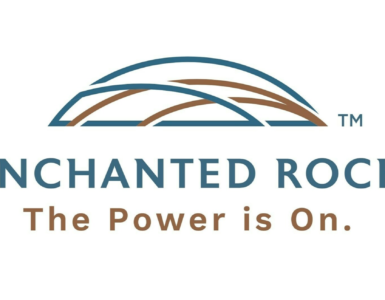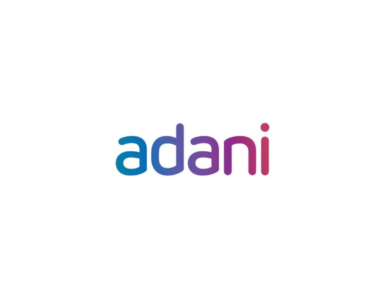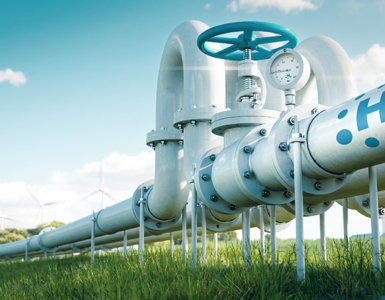Modcon Industry – Hydrogen Blending in Natural Gas Pipelines: Challenges, Assessments, and Emerging Solutions.
Hydrogen, as an energy carrier, holds significant potential in aiding the reduction of emissions in sectors where decarbonization remains a challenge. An increasingly discussed approach for integrating hydrogen into the energy infrastructure involves blending it with natural gas, which is the most economical way to transport large volumes of hydrogen over long distance without the need for new infrastructure. This strategy could facilitate near-term emission reductions and provide an early market for green hydrogen technologies like electrolyzers.
The concept of hydrogen blending in natural gas pipelines, while promising, comes with a host of challenges and uncertainties. It requires a comprehensive understanding of various factors:
- Material Considerations: The interaction of hydrogen with existing pipeline materials can lead to complications like hydrogen embrittlement. One primary concern for pipeline operators is addressing mismatches in the maximum allowable operating pressure (MAOP) of pipe segments that will carry both gas and hydrogen blends. Hydrogen, having different physical properties than natural gas, can affect the integrity of pipelines, especially at high pressures. This situation mandates a thorough assessment and, in many cases, a replacement or modification of pipeline segments to ensure they can safely handle the new pressure dynamics introduced by hydrogen blending.
- Economic Factors: The costs associated with retrofitting pipelines and the economic feasibility of such projects are crucial considerations. These modifications not only involve material considerations to prevent issues like hydrogen embrittlement but also encompass safety measures to manage the increased risks associated with hydrogen’s wider flammability range compared to natural gas.
- Operational Concerns and Energy Transmission Losses: Operational adjustments to accommodate hydrogen, including changes in pipeline pressure and flow rates, need careful evaluation. Blending hydrogen with natural gas also impacts the energy transmission efficiency of pipelines. Hydrogen has a lower energy density per unit volume compared to natural gas, which means that blending hydrogen can reduce the overall energy transmission capability of the pipeline. To compensate for these energy transmission losses, one potential solution is to increase the flow rate or pressure of the hydrogen-natural gas blend. However, this adjustment is not straightforward and may necessitate further changes to the pipeline infrastructure.
Effective hydrogen blending necessitates detailed assessments on a case-by-case basis, focusing on:
🔥 What about we co-host a webinar? Let's educate, captivate, and convert the hydrogen economy!
Hydrogen Central is the global go-to online magazine for the hydrogen economy, we can help you host impactful webinars that become a global reference on your topic and are an evergreen source of leads. Click here to request more details
- Hydrogen Injection Locations: Identifying the most suitable points in the pipeline network for hydrogen injection.
- Pipeline Compatibility: Evaluating the existing pipeline infrastructure, including the materials and installed equipment, to determine compatibility with hydrogen.
- End-Use Appliances and Supporting Facilities: Understanding the implications of hydrogen blending on end-use appliances and the required modifications to supporting pipeline facilities.
The scenarios for hydrogen blending can vary widely, from as low as 1% by volume to potentially over 50%. In some cases, pipelines might even handle up to 100% hydrogen. Maintaining the right blend ratio is critical to ensure system integrity and accurate billing based on gas heat content.
Traditionally, gas chromatography has been the primary method for analyzing pipeline gas composition and calorific values. However, this method demands significant investment, extensive maintenance and involves sample extraction and conditioning.
Modcon addresses these challenges with two notable innovations:
- MOD-1040 Process Analyzer: Offers in-situ measurement capabilities, eliminating the need for sample extraction. It ensures precise measurements even under harsh conditions, with a user-friendly interface and compact design. Being ATEX/IECEx certified and SIL-compliant, it is suitable for hazardous areas and critical safety applications.
- MOD-1060 Hydrogen Analyzer: This device measures H2 content using the same in-situ method. It represents a significant advancement in measuring hydrogen concentrations in natural gas blends, providing accurate, real-time data essential for operational safety and efficiency.
Integrating hydrogen into natural gas pipelines is a promising step towards decarbonizing sectors that are difficult to abate. It requires a comprehensive understanding of material, economic, and operational factors. Innovations like the MOD-1040 and MOD-1060 from Modcon play a crucial role in overcoming traditional challenges, offering more efficient, reliable, and safer solutions for monitoring and managing hydrogen-natural gas blends. As research progresses and technology evolves, hydrogen blending in natural gas pipelines could become a key component of our transition to a lower-carbon future.
READ the latest news shaping the hydrogen market at Hydrogen Central
Modcon Industry – Hydrogen Blending in Natural Gas Pipelines: Challenges, Assessments, and Emerging Solutions. source








